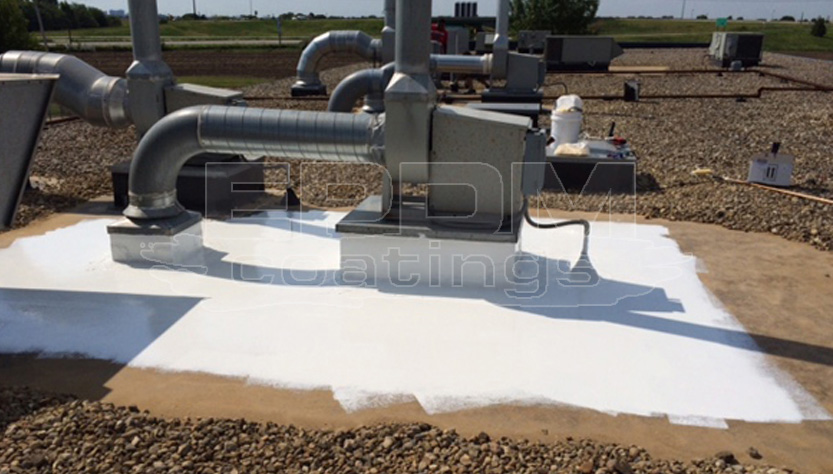Thinking about installing a butyl rubber roofing system on your commercial property? It can be a great decision. Butyl rubber remains elastic even after curing, preventing it from cracking and failing like some other roofing materials. It also offers tremendous tensile strength that allows it to withstand things like ponding water while protecting your structure.
Of course, if you’ve never purchased such a system before, it can be confusing. What should you look for when buying a butyl rubber roofing system? In this post, we’ll explore six important things to know beforehand.
1. It Does Require Cleaning
Butyl rubber roofing systems are not particularly maintenance intensive. However, they do require regular cleaning. We recommend cleaning your roof twice per year to remove dirt and debris and to inspect the surface for any signs of damage or wear. This process should only take a few minutes and does not require any special equipment. A large brush and a water hose will help you keep the roof clean.
2. It Can Be Applied to Almost Any Surface
Are you worried that a butyl rubber roofing system cannot be applied to your existing structure? Chances are good those worries are unfounded. That’s because butyl rubber can be applied to almost any material, including metal, concrete, fiberglass, and even TPO roofing (as long as the TPO roof is at least five years old).
3. It’s Incredible Durable
You want to make smart investments with your money, and that applies to the roof you put on your business. Thankfully, liquid butyl rubber roofing systems are some of the most durable on the market. That’s because they’re made with advanced polymers created by combining isoprene with isobutylene. The result is a roof that will stand the test of time and exposure to the harsh elements.
4. It’s Used on All Types of Roofs
Some roofing systems are only suitable for use with commercial buildings. A butyl rubber roofing system is not one of them. In fact, this type of roofing is so versatile that it’s used on residential homes and even on RVs. Why is it so versatile? It’s all about the material’s flexibility, adaptability, durability, and resilience.
5. It Does Require Roof Preparation
While installing a butyl rubber roofing system is relatively simple, it does require some prep work first. Your old roof should be inspected and cleaned of oil and any debris or organic material. Once the roof is clean, let it dry. Never apply butyl rubber over moisture because there’s a chance that it could vaporize and affect your roof’s performance.
6. Check to Make Sure Your Existing Decking Is Up to the Challenge
A butyl rubber roofing system is installed over your existing timber roof decking. It’s important to ensure your decking is up to the task. It’s what will support the butyl rubber. The rubber itself has no structure. It’s an overlay, much like EPDM sheets or even asphalt shingles. The strength and durability of the underlying decking will dictate how long your roof lasts and how it performs. Check for areas where the decking or frame may be sagging or rotted and repair or replace components as necessary.
Is This the Right Choice for You?
Is a butyl rubber roofing system right for you? It could be! They’re versatile, durable, and affordable. These systems are also easy to install, although hiring a professional might be the best option if you have little or no experience working with butyl rubber or handling roof repairs or installations.


